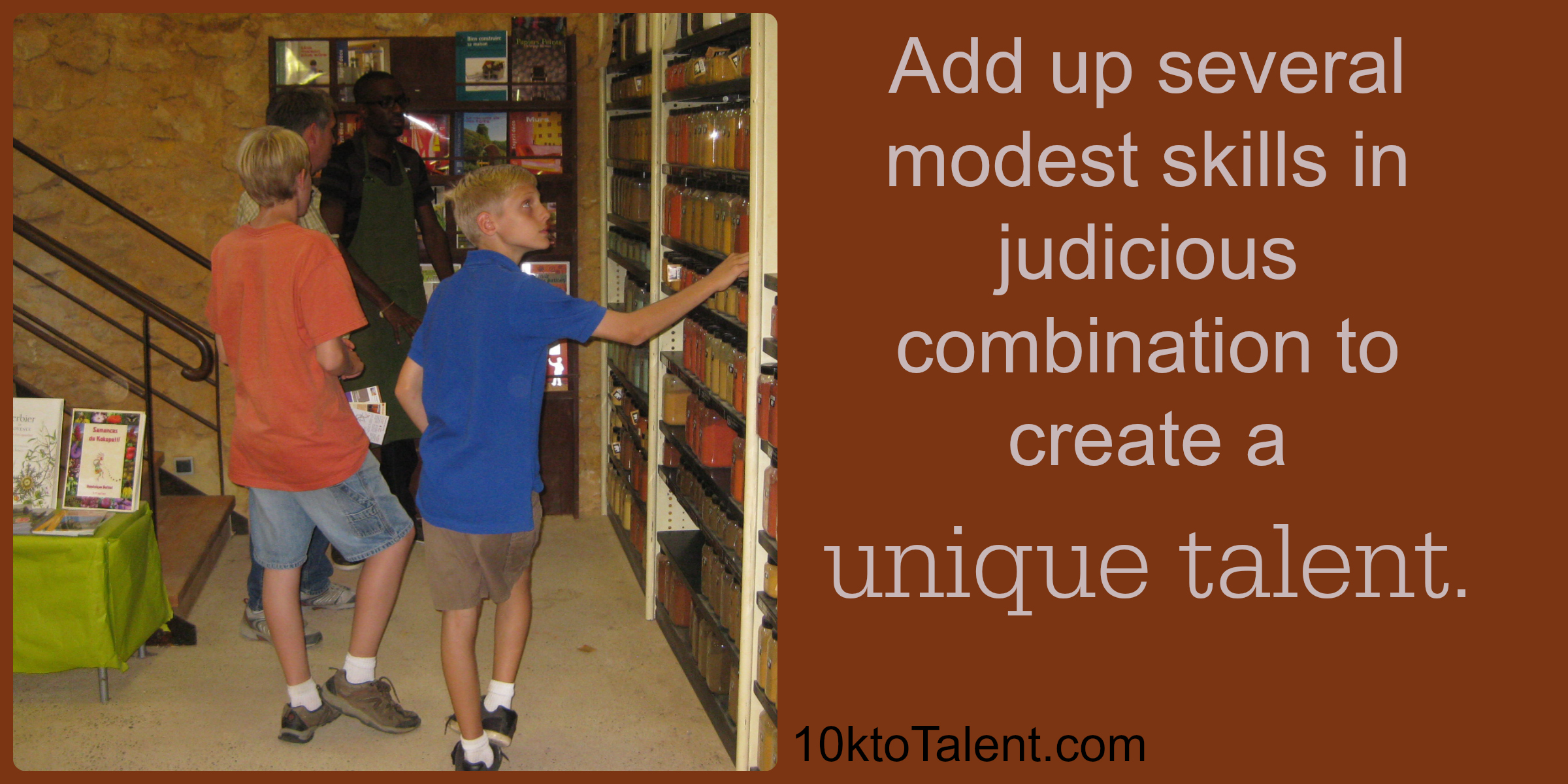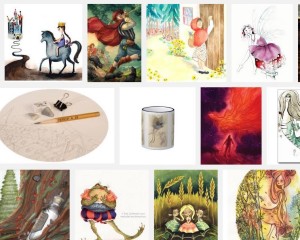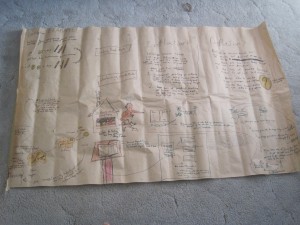“Contrary to conventional wisdom, success in entrepreneurship isn’t necessarily related to being the best at any particular activity. Scott Adams, the creator of Dilbert comic series, explains his success this way:
‘I succeeded as a cartoonist with negligible art talent, some basic writing skills, an ordinary sense of humor and a bit of experience in the business world. The Dilbert comic is a combination of all four skills. The world has plenty of better artists, smarter writers, funnier humorists and more experienced business people. The rare part is that each of those modest skills is collected in one person. That’s how value is created.’ “
*Quote from the book “The $100 Startup: Reinvent the Way You Make a Living” by Chris Guillebeau.
Tag: art
Easy Storyboard Format for Writing Stories
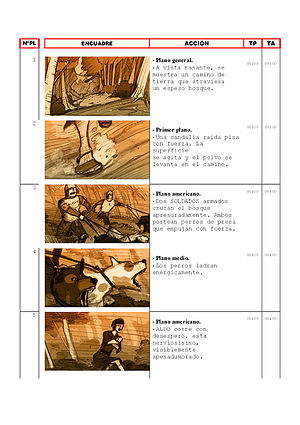
Here is a storyboard format that has really worked well with our twelve (12) year old daughter.
We have settled down over time to this short list of questions that has really worked for her. Other types of writing prompts simply did not work. She loves to draw, loves animal stories, and is far more visually oriented than her brothers. But this list of questions she uses has really gotten her to daily and consistently write her own short stories.
So if you have a child who is not the verbal chatty type, but with more arts-oriented skills, you might find this format very refreshing. Please feel free to share and print this list with others:
- What type of animal is your character?
- What is your character’s name? Explain and draw a picture of him.
- What does the character want to have happen? Explain and draw a picture.
- What’s a difficult thing that happened before the character got what he or she wanted? Explain and draw a picture.
- How did the character overcome the problem? Explain and draw a picture.
- How does the story end differently, but in a better way than what the character wanted to first happen? Explain and draw a picture.
Wrap a Very Different Skill Around Core Art Skill
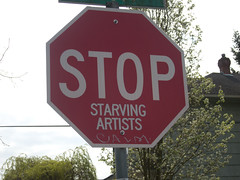
Great example of the 10,000 hour principle where this mother calculates her daughter has already accumulated thousands of those hours and become a really good illustrator. By the evidence, her 16 year old daughter has mastered an old, standby-core skill, and has additionally wrapped it in a modern digital medium. Here’s my 10ktotalent tip: if she hasn’t already, I would then recommend that her daughter leverage one of her family’s goals, one of her environmental assets, and then gradually find a market focus, by adding another very different skill from a completely different field. Ideally she wants to keep wrapping other sub-skills around her art in such a way that others will be willing to pay her for her talent and hesitate to call her just an illustrator, because the term would be too limiting. Her immediate danger is that she will be recruited too soon by an art school who will try to socialize her into something that is not useful to others (turning her art only into a private hobby) or training her to be good at a specific art production that is already over-crowded with other already great artists (becoming the proverbial starving artist).
Visualize Part of Your Child’s Future Talent
For my daughter who is heading down more of an art-related path, I inspired myself by typing the following keywords in the Google search engine for images:
watercolor children’s illustrations fairy tale -anime
What you will see are hundreds of thumbnails of illustrations that have a watercolor art style and in the process of telling a story. Though she is not at that level of ability, those images are currently very reflective of how she communicates through art. Add and remove keywords until the search results start reflecting part of an ideal productive potential for your child; in my case I removed “anime” by typing a minus sign next to it. Note that my daughter will still need to add modern skills to her core art skill to be of market value to others.
She is Drawing, Not Talking Her Way Through History
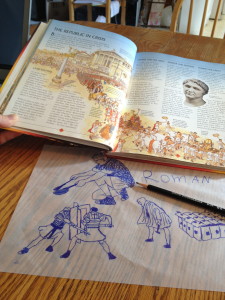
What do you do with an arts oriented daughter who is having difficulty following a standard history curriculum? Instead of keeping her at a disadvantage, put her talent back in service by having her sketch or trace scenes from that time in history using the many available art history books. Because artists will have specifically focused on important points from that era, it will be easy for your daughter to draw her way through history, rather than primarily talk and write her way through it. Instead of losing time building her talent while she is doing traditional schooling, she is actually gaining ground and learning how paid artists apply their trade to bring value to others.
Doodling Your Way to Understanding
I encourage my homeschooled children to sketch and doodle (see example of doodling during sermons) about their interest to engage themselves more fully with their material. Doodling is a great way to learn how to abstract out the basics of what they have learned when words can only slow you down. They use it mainly for personal exploration of the subject on hand and is not meant for sharing with the world. Recently, for example, my metals-focused son enjoyed sketching several versions of the Bowie knife to highlight the various functional elements of the blade. My other son, who is focused on the history of coins of money, sketched out several pages of the development of early banking with goldsmiths in England.


